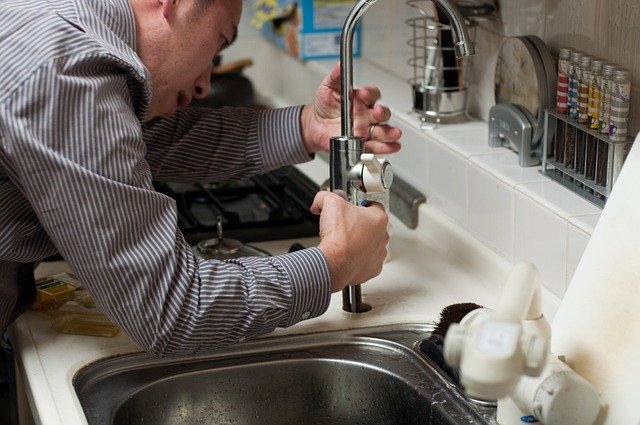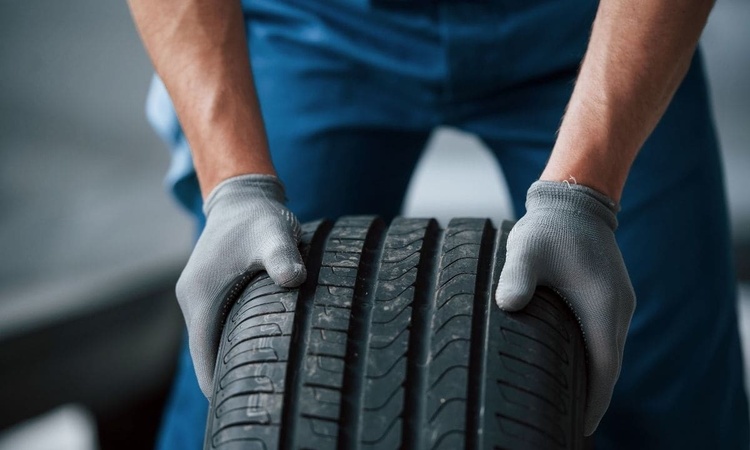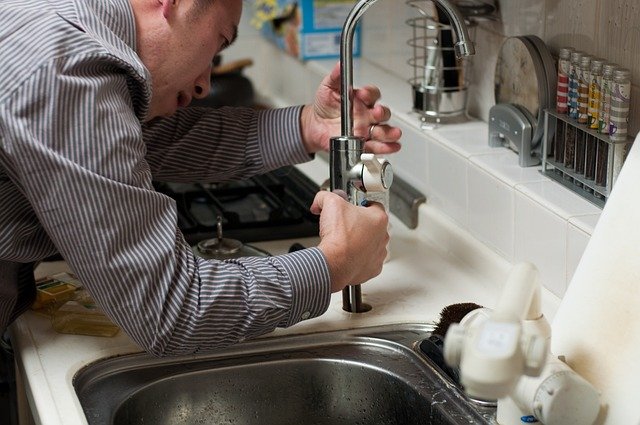Operating laundry appliances with limited water supply
In areas with limited or intermittent water supply, adapting laundry routines and appliance settings helps maintain hygiene, reduce energy use and prevent faults. This article outlines practical measures to manage water and energy, optimise load and cycle selection, and carry out maintenance to minimise noise and vibration.

Households and communal facilities facing intermittent or reduced water availability need to adjust how they use laundry appliances. Thoughtful scheduling, correct cycle selection and regular upkeep preserve cleaning quality while conserving water and energy. The guidance below explains how to plan loads, select appropriate cycles, handle detergent dosing and filter care, and reduce drum vibration and noise to prolong appliance life.
How to reduce water and energy use?
To lower water and energy consumption, plan laundry for times when supply is steady and combine similar garments to reach efficient load sizes. Use eco-friendly and low-temperature programmes where fabrics allow, because reducing wash temperature often yields significant energy savings. Avoid repeated short cycles; running fuller, correctly balanced loads is more efficient than multiple small washes. For rinse cycles, consider reduced-rinse settings if available and safe for the fabrics and household needs. Monitoring water use and selecting energy-efficient appliance options improves overall efficiency and reduces strain on limited supplies.
Which cycle and load choices improve efficiency?
Choosing the right cycle and managing the load are central to maintaining cleaning performance with minimal water. Overloading the drum impairs mechanical action and increases the need for re-washing, while underloading wastes water per kilogram of fabric. Aim for balanced loads and sort by fabric type to use appropriate cycle lengths and spin speeds. High-spin cycles remove more moisture, cutting drying time and indirect energy use. For fragile items, shorter or gentler cycles with targeted temperature and spin settings help conserve water without compromising care.
What about detergent and filter care?
Using concentrated or high-efficiency detergent formulated for low-water washes helps maintain cleaning power while keeping suds manageable. Correct dosing is important: excess detergent increases foam and may require extra rinses. Regular cleaning of inlet and pump filters prevents blockages that affect fill and drain performance; a clogged filter can lead to repeat cycles or faults. Periodic descaling and wiping of the drum and seals remove residues that reduce wash efficiency and can create odours in low-water situations.
How to limit vibration and noise?
Imbalance in the drum from uneven load distribution is a common cause of vibration and elevated noise. Distribute garments evenly across the drum and avoid washing very heavy items with light ones in the same load. Ensure the appliance is level and its feet are adjusted to reduce movement. Persistent vibration can accelerate wear on bearings and suspension components, so inspect shock absorbers and feet during maintenance. Minimising vibration not only reduces noise disturbance but also prevents mechanical stress that could lead to repair needs.
How to inspect the drum and carry out maintenance?
Regular maintenance extends appliance life under constrained water conditions. Inspect the drum for foreign objects and signs of wear or corrosion; a damaged drum can affect wash action and lead to further faults. Clean the door seal and interior surfaces to prevent trapped moisture and mildew. Check hoses for kinks and cracks and replace them at the first sign of deterioration. Routine maintenance tasks—filter cleaning, seal inspection and occasional professional servicing—help avoid unexpected breakdowns and maintain wash quality when water is scarce.
Installation considerations and repair signs to watch for
Correct installation supports reliable operation when water supply is unstable. Position the appliance with easy access to inlet valves and drainage, and ensure hoses are correctly connected and free from sharp bends. Install inlet filters where recommended and confirm electrical and plumbing connections meet safety standards. Warning signs that indicate repair is needed include persistent leaks, repeated error codes, failure to fill or drain properly, and unusual knocking or grinding noises during spin. Document conditions when faults occur (for instance, whether they appear during fill, spin or drain) to help technicians diagnose issues efficiently.
In environments with limited water supply, a consistent approach combining planning, correct cycle selection, suitable detergent use and regular maintenance preserves cleaning standards and prolongs appliance life. Balancing load sizes, using energy-efficient programmes and attending to drum, filter and hose condition reduces both water and energy use, lowers noise and vibration, and decreases the likelihood of repair. These practical steps support reliable laundry care while making the most of constrained water resources.






